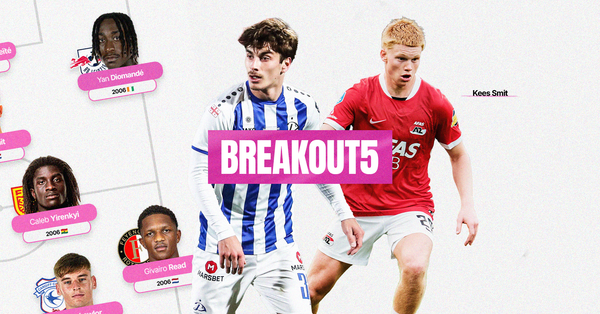An update about Archetypes
Clarity of thought provided by Spain's midfield, Nick Woltemade and a video game release.
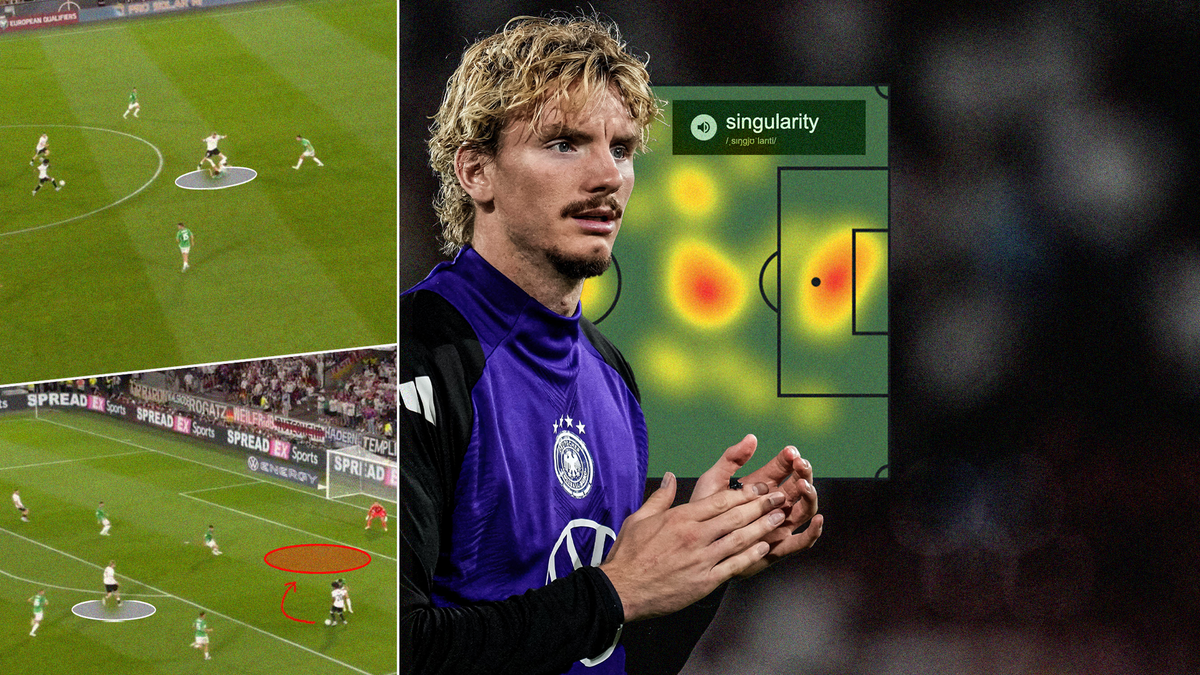
I was going to use the international break as a natural pause for Monday Night SCOUTED but I needed to provide an honest update. This week’s newsletter is an insight into how obsessed and how baffled I have become this summer. It also provides insight into how I think about football without pulling any punches.

The Archetypes project has slowed down. The Power Forward, Full-back variants and the Gamebreaker were the pinnacle of what I am looking for. I am proud of that work. However, the Archetypes since then have lacked the same clarity and creativity.
One of the reasons is because developing six or seven Archetypes for each position is not only difficult but also impractical and unhelpful. There needs to be variety but it has become overwhelming. I realised I was simply renaming profiles for the sake of it.
Take the Pathfinder, a full-back Archetype inspired by Trent Alexander-Arnold. It’s pretty much identical to a Quarter-back, the Adam Wharton Midfield Archetype. In truth, a Pathfinder should be any player on the pitch that looks to seek out teammates running towards the opposition goal with the ability to find their path over any distance. One of the principal benefits of Archetype is that they are meant to transcend positions. That might sound extreme, but that’s the goal.
The value of a Pathfinder’s hero-ball passes means that central midfield will be the natural habitat for most of these players. But it is also possible to platform them at full-back and even centre-back. Alexander-Arnold and Wharton are both Pathfinders because their superpower is long-range progressive passing. By sharing the same Archetype label, balancing a squad and a starting XI becomes even clearer.
Thomas Tuchel, for example, may want to select both players for the 2026 World Cup squad but is likely to only ever field one on the pitch at any given time. Which Pathfinder he selects would depend on England’s approach for that particular game and the opposition. If the opponent has a left-winger that is going to cheat and threaten in behind, vacating that area by allowing Alexander-Arnold to roam infield might not be the best option. Equally, if the opposition midfield is packed with intense and intelligent pressers then Wharton might not get the space to wrap those trademark passes through the lines. The left-footed, midfield-based Wharton will solve different problems to the right-footed, deeper-lying full-back in Trent. But at the core, it’s their range and ambition of their passing that is being platformed.
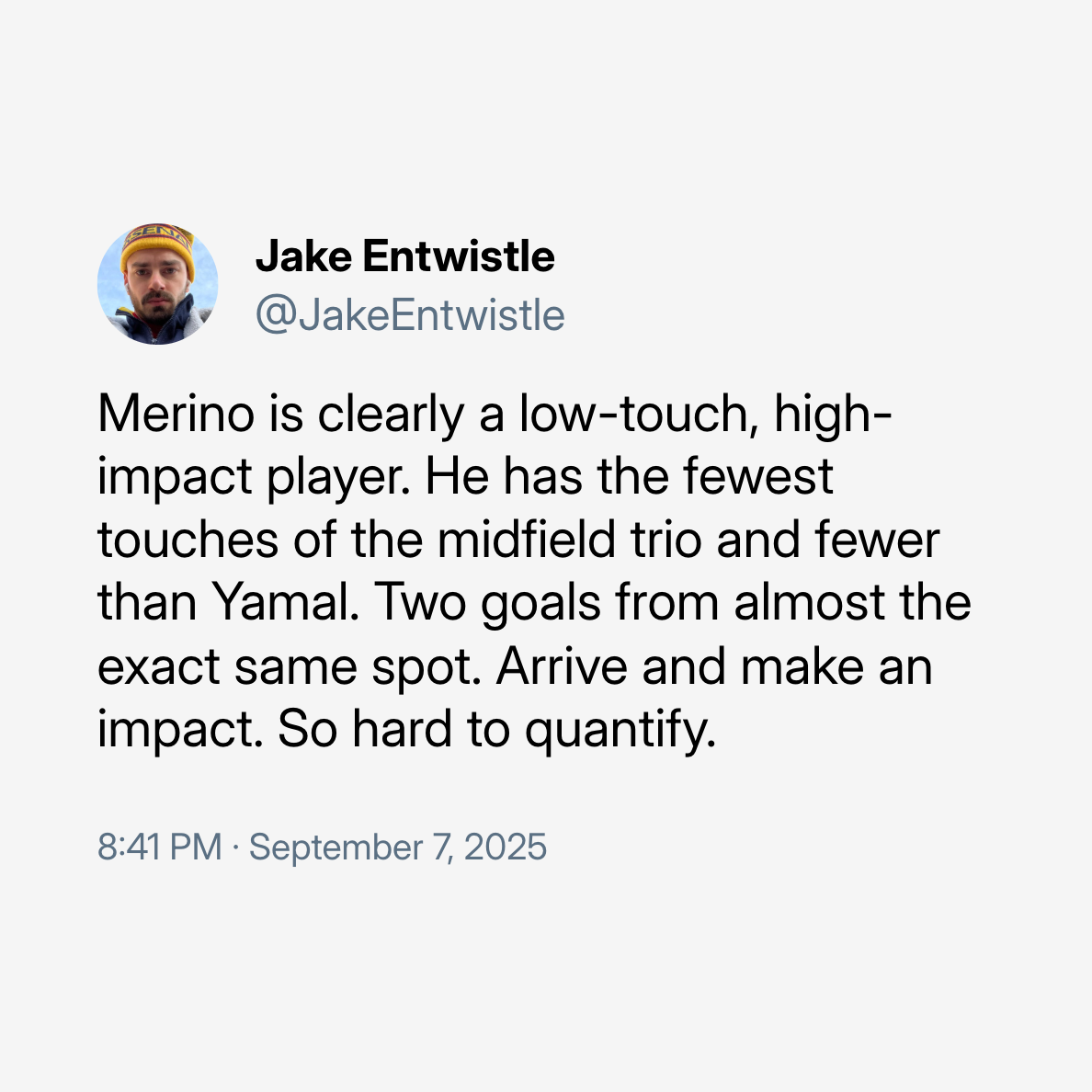
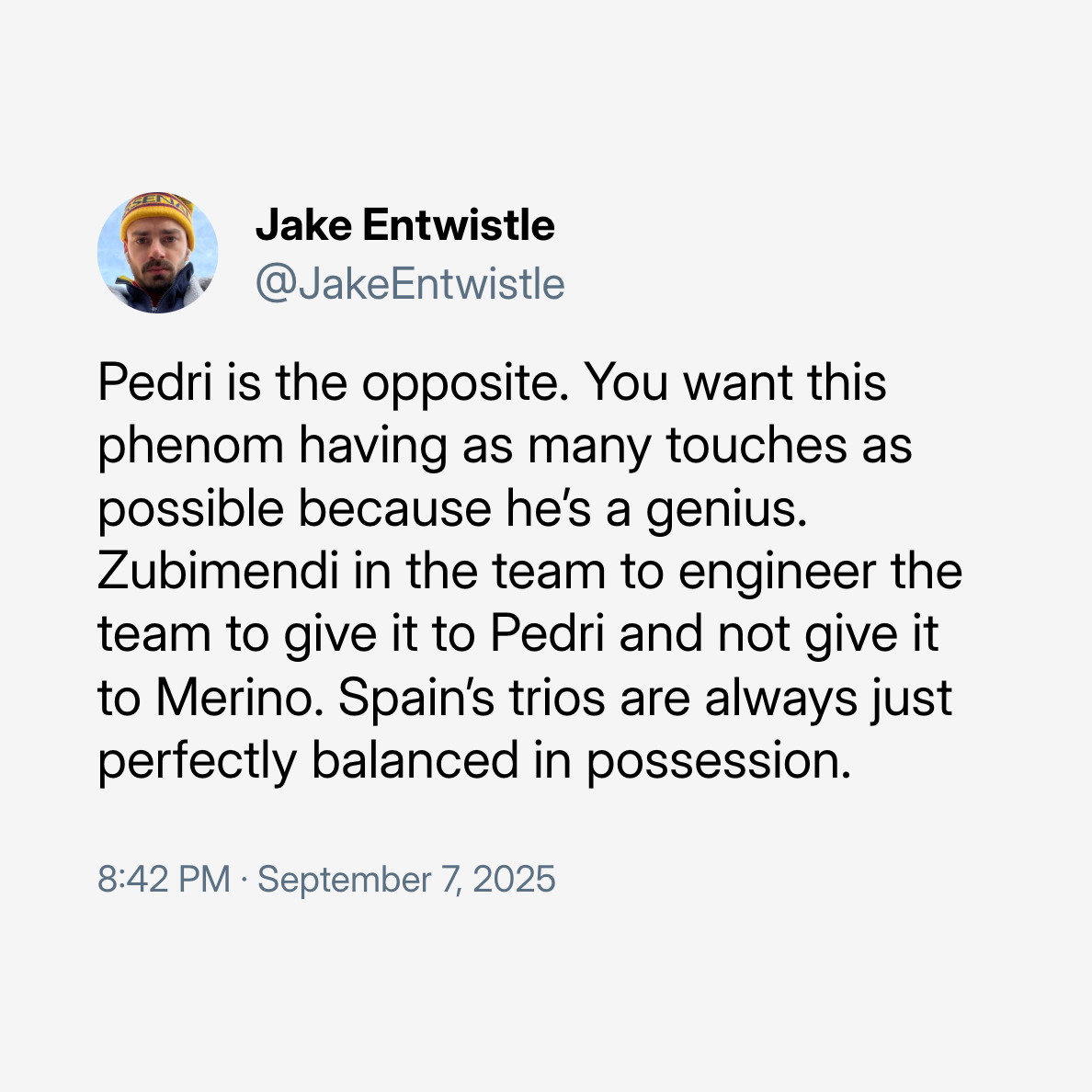
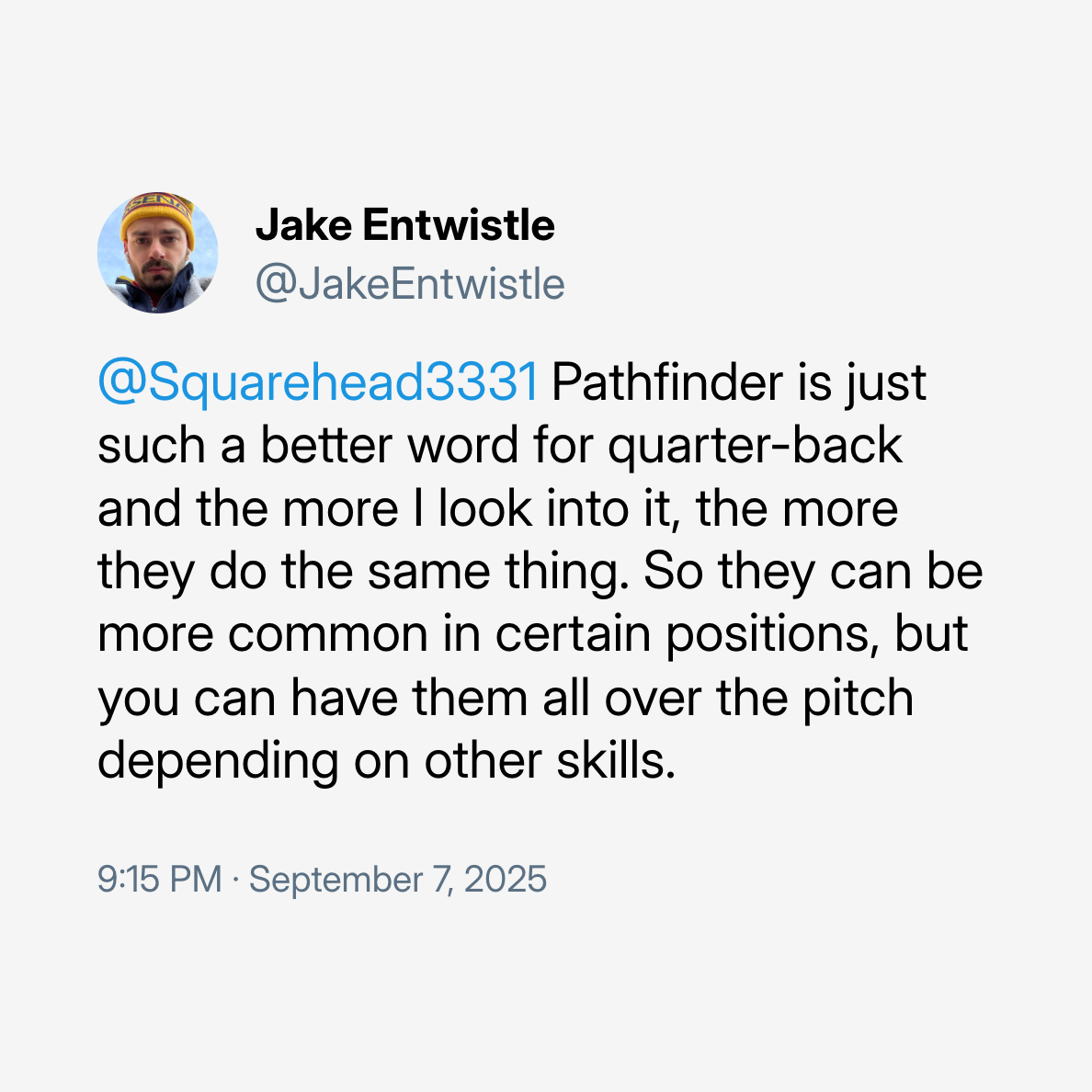
This sensational balance in Spain’s midfield - a constant for the La Roja’s national side throughout the 21st century - is another advert for profiles over positions. In the middle, Martín Zubimendi is the Platformer because he platforms his teammates.
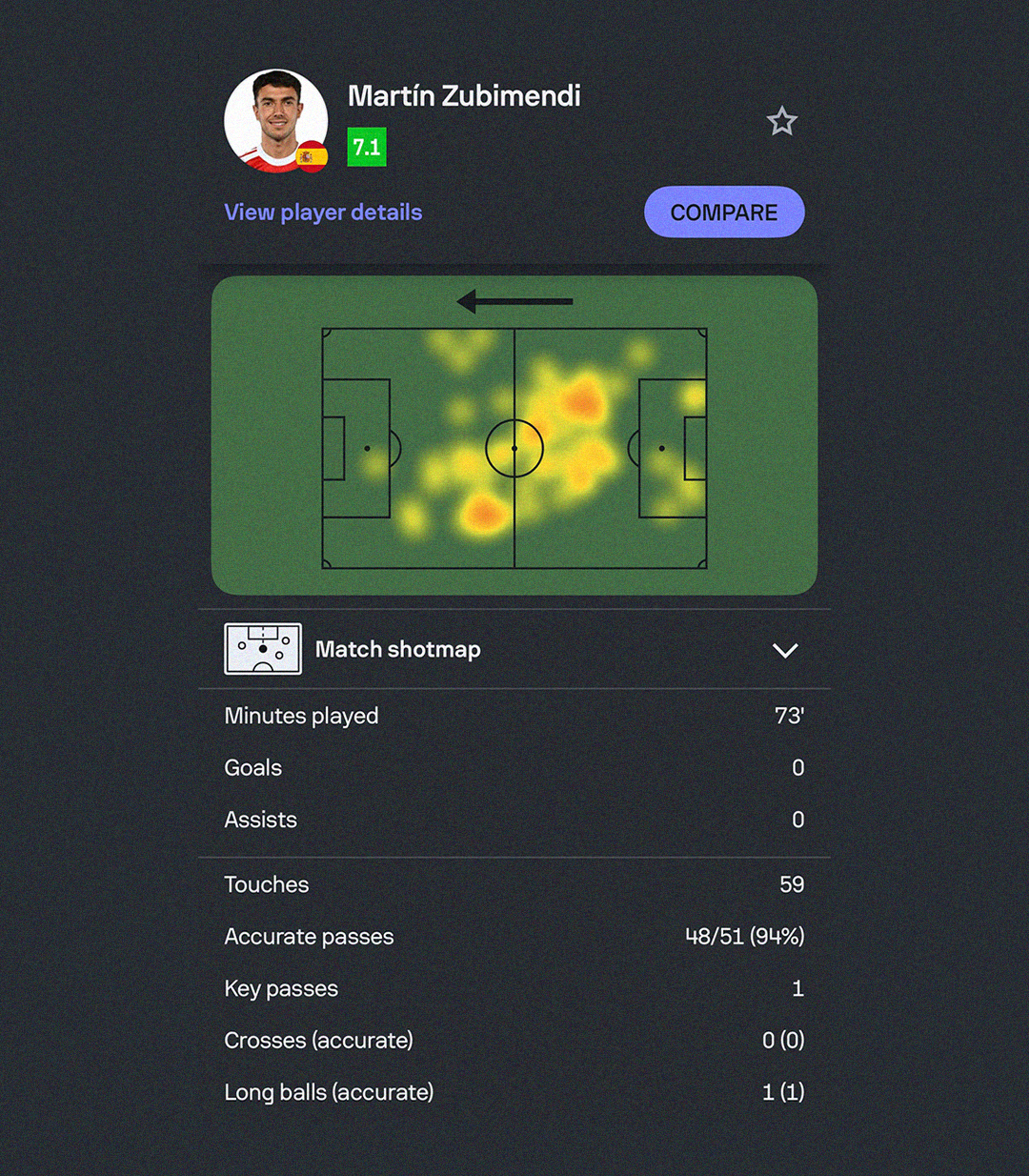
His jabby tackles and shorter, metronomic passing style is geared towards securing possession for others, specifically the midfielder on his left: Pedri. At the moment, we don’t have a midfield Archetype for this playmaking phenom. But he does match the description of the Gameweaver Archetype developed for wingers and wingfielders. So why should I create another name to confuse the matter?

To complete the trio, Spain have the low-touch, high-impact, roaming, box-crashing, space-invading, hat-trick-scoring Mikel Merino. Plenty of replies to my Twitter post about Merino and this Spain midfield mentioned Thomas Müller, the original Raumdeuter. That ‘space-interpreting’ quality is at the heart of Llew’s excellent midfield Archetype: the Developer.
Midfielders who progress possession are extremely valuable. As is always the way with football, those midfielders come in different forms. You’ve got passers like Adam Wharton and carriers like Declan Rice, but what about the movers? Those midfielders who aid progression primarily by making smart runs and drifting into space? You don’t hear so much about the movers.
That describes Merino’s role: progression through movement. The Raider Archetype, currently used for wingers only for someone reason, embodies penetration through movement. Merino is perhaps somewhere in between but already we have a much clearer distinction while also being able to describe the difference by changing one word.
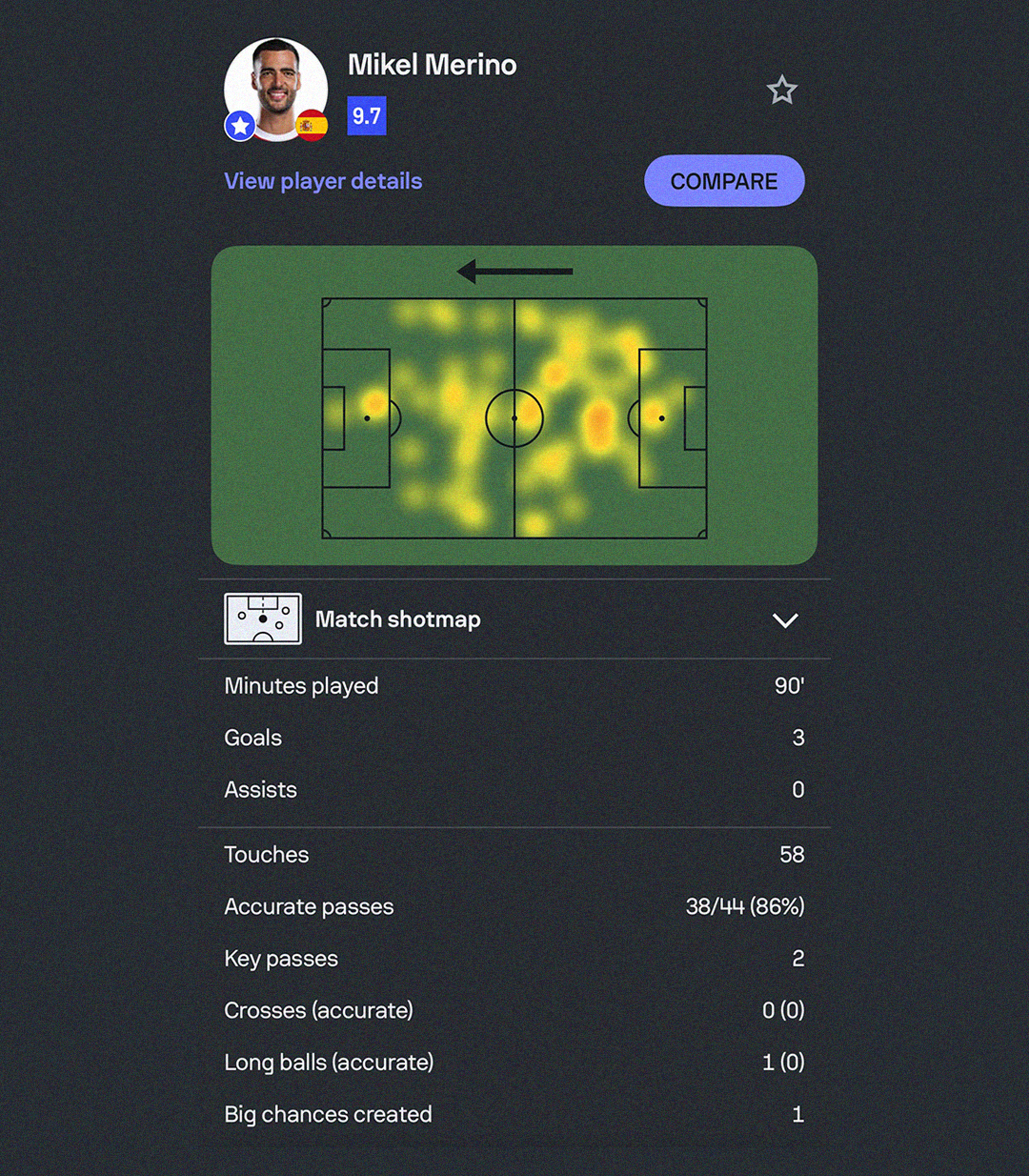
This is the clarity I have lost. Let me tell you how Nick Woltemade made me realise it.



